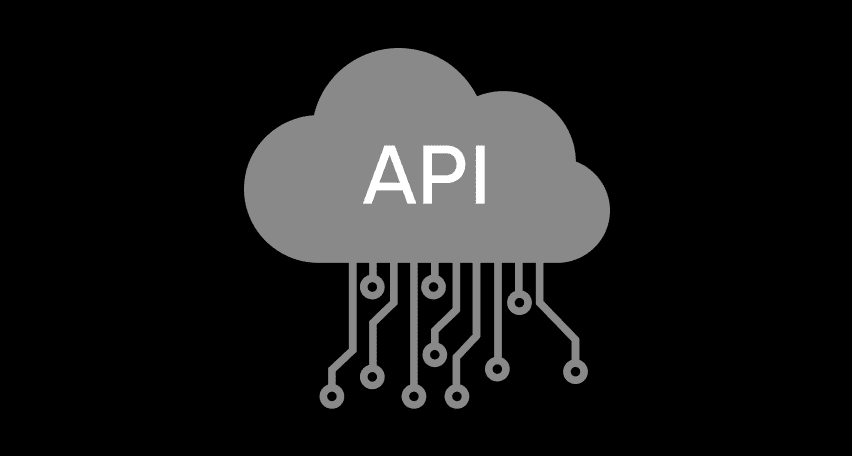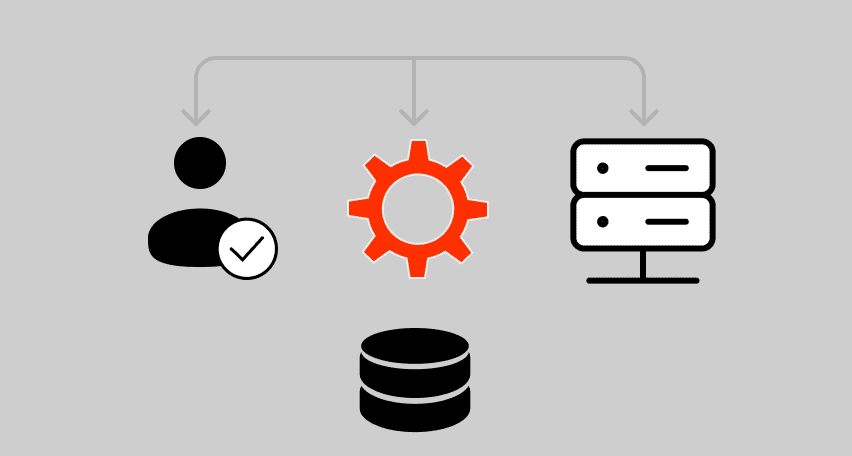In this post, we’ll discuss tools for IVR load testing. Our background in this field will help you choose the right tool.
JMeter and LoadRunner remain some of the most popular load testing tools worldwide. These are truly excellent tools, and most performance engineers use them.
When choosing load and performance testing tools, the main question is whether the tool supports all the required protocols. For standard protocols like HTTP, there is an enormous selection of tools, including robust cloud-based options that enable load generation from multiple global locations. Many enterprise teams find themselves comparing LoadRunner vs NeoLoad when evaluating comprehensive solutions. However, when it comes to less common protocols, the number of suitable tools narrows significantly. In such cases, LoadRunner often stands out as the de facto standard in the enterprise segment.
However, there are protocols that even LoadRunner does not support. For example, voice traffic must be emulated to load testing call centers’ IVR and IT systems. Neither LoadRunner nor JMeter has standard support for the appropriate protocols (SIP, etc. – Learn more about JMeter vs LoadRunner). Accordingly, when it comes to load testing IVR systems, performance engineers have to search for other solutions that are generally outside their areas of expertise.
Data Synergy, our Australian partner, has created an elegant solution to this problem. Data Synergy VOICE is a solution that can use the familiar tools LoadRunner and JMeter to create scripts that emulate the behavior of voice communications customers. Data Synergy VOICE is a LoadRunner plug-in and a connectable JMeter class. The list below shows the capabilities of Data Synergy VOICE in the LoadRunner VUGen environment.
When emulating phone calls, the following features are available:
Related Services:
PFLB also Provides Implementation Support Services for Load Testing Tools:
Related insights in blog articles
11 API Failure Causes and How To Solve Them

When an API fails, the consequences ripple quickly through the entire system. Transactions stall, integrations break, and frustrated users flood your support channels. Understanding exactly why API failures happen — and how to fix them — is essential for developers and businesses alike. This article examines the most common reasons behind API failures, explores the […]
API Mocking: A Complete Guide

Waiting for APIs to become available or stable can slow down entire projects. API mocking provides a smart way to avoid these roadblocks by simulating real API responses, keeping your teams productive and ensuring smoother integration down the line. In this guide, you’ll discover exactly what API mocking involves, how it differs from using real […]
API Endpoint: A Complete Guide

Modern applications rely heavily on APIs (Application Programming Interfaces) to communicate and exchange data across different systems. At the heart of this interaction lies the API endpoint — a fundamental concept that defines where and how data exchanges happen. This guide explains clearly what an API endpoint is, outlines its importance, and provides practical insights […]
gRPC vs. REST: Detailed Comparison

Choosing between gRPC and REST can feel confusing, especially if you’re trying to figure out the best way for your applications to communicate. This article breaks down the grpc vs rest comparison clearly, without jargon or confusion. You’ll learn exactly what each protocol is, the advantages and disadvantages of each, and understand why gRPC is […]
Be the first one to know
We’ll send you a monthly e-mail with all the useful insights that we will have found and analyzed
People love to read
Explore the most popular articles we’ve written so far
- Top 10 Online Load Testing Tools for 2025 May 19, 2025
- Cloud-based Testing: Key Benefits, Features & Types Dec 5, 2024
- Benefits of Performance Testing for Businesses Sep 4, 2024
- Android vs iOS App Performance Testing: What’s the Difference? Dec 9, 2022
- How to Save Money on Performance Testing? Dec 5, 2022